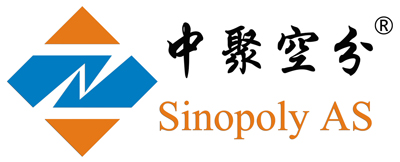Generally, adsorption separation can be divided into pressure swing adsorption and temperature swing adsorption, which are used in practical industrial applications. According to the adsorption isotherm of adsorbent, the adsorption capacity of adsorbent for impurities is high, strong at high pressure and weak at low pressure. The adsorption isobaric curve of adsorbent shows that under the same pressure, the adsorption capacity of adsorbent is larger at low temperature and smaller at high temperature. The former property of adsorbent is called pressure swing adsorption (PSA), while the latter property is called temperature swing adsorption.
TSA.
In practical industrial application, the process of TSA, PSA or TSA + PSA is generally selected according to the composition of gas source, pressure and product requirements.
Temperature swing adsorption process needs heating, so the cycle period is long, investment is large, but regeneration is complete, usually used for the purification of trace impurities or difficult to separate impurities; pressure swing adsorption process is widely used for the separation and purification of atmospheric and multi-component substances due to its short cycle, high utilization rate of adsorbent, relatively small amount of adsorbent, and no additional heat transfer equipment.
In industrial pressure swing adsorption (PSA) process, the adsorbent usually adsorbs the easily adsorbed components in the mixed gas at room temperature and high pressure. The components with poor adsorbability flow out from one end of the bed, and then the pressure of the adsorption bed is reduced to normal pressure, so that the adsorbed components are desorbed and discharged from the other end of the bed, so as to realize gas separation and purification, and regenerate the adsorbent at the same time.
But in general In PSAI process, even if the pressure of adsorption bed is reduced to normal pressure, the adsorbed impurities can not be completely desorbed. At this time, two methods can be used to completely regenerate the adsorbent: one is to "flush" the bed with product gas to wash down the impurities that are difficult to desorb. The advantage is that it can be completed under normal pressure, but the disadvantage is that part of the product gas will be lost; the other is to use vacuum method to make it difficult to desorb The desorbed impurities are forced to desorb under negative pressure, which is commonly known as vacuum pressure swing adsorption (VPSA or VSA). The advantages of this method are good regeneration effect and high product yield, but the disadvantages are the need to increase the vacuum pump. In production practice, which of the above processes is adopted mainly depends on the composition conditions of feed gas, production flow rate, product requirements, plant site, capital and other factors.
